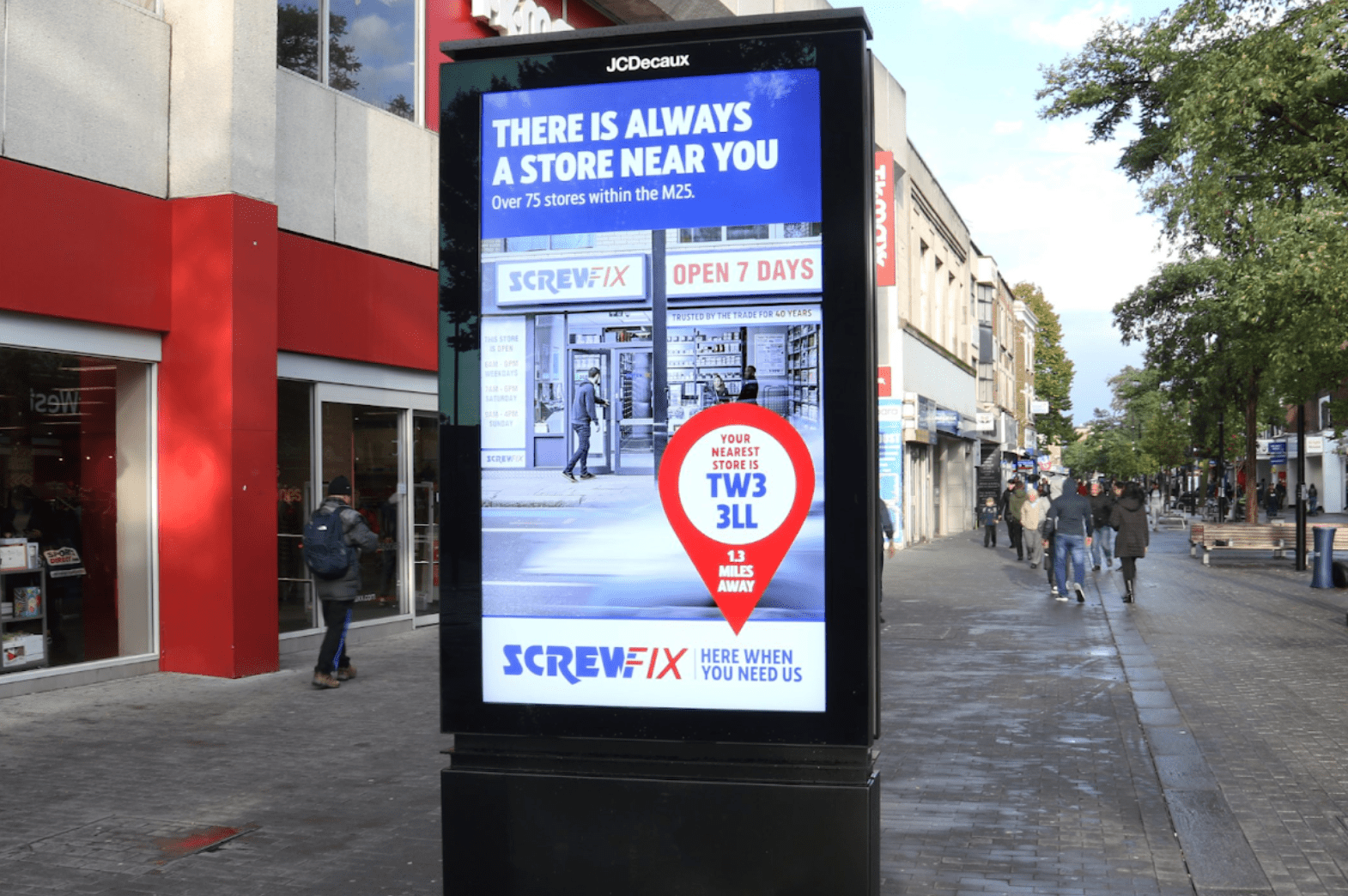With an increase in programmatic (automated) ad buying, ever more automated paid search campaigns and a growing push from ad platforms to be empowered to automatically manage spend across networks and ad formats (see Google ‘performance max’), the degree in which online advertising is automated is only going to continue.
But here’s the thing – algorithms can’t do context. Algorithms will outperform humans when it comes to numbers and processing at scale, but humans are still better than machines at strategy, empathy and understanding context.
So what are the unchanging fundamentals of advertising that will remain regardless of future technological developments?
1. Media neutrality
Many marketers make decisions on where to invest our marketing budgets based on the platforms and networks we have most experience in, putting tools before objectives – this goes against the concept of media neutrality.
At its core, advertising is all about targeting the right people, in the right place, at the right time. There are countless examples of where brands get this wrong, choosing the wrong platforms for the audience and task at hand.
For example, if you’re trying to build brand awareness, paid media will not drive anywhere near as big an impact as display advertising, which can deliver much greater reach for the same budget.
Added context on customer behaviour is also important. For example, if you’re a hardware company targeting tradespeople, who are out on site most of the day, you’re highly unlikely to reach them on platforms such as LinkedIn or Pinterest, and will likely have more success with digital audio or out-of-home advertising.

The whole concept of media neutrality is to make objective media decisions and choose the platforms best suited to the task in hand.
Always start planning with building a deeper understanding who you’re targeting before deciding how to target them with any advertising.
2. You can never be too efficient
Efficiency and ROI are two of the most common words you’ll encounter on a PPC brief. However, efficiency driven too far, can hamper growth and overall effectiveness.
Many marketers refer to ROI like the holy grail, without much of an understanding of what it really means. ROI is a measure of efficiency, not effectiveness.
Making efficiency and ROI your primary focus can be dangerous. In practice, higher ROIs tend to come from smaller budgets, but when you spend more on advertising, the profit generated is much greater.

As you can see from the example above, the best performing campaign in terms of profit has the lowest ROI, so trying to maximise ROI without a focus on profit is a good way to destroy performance.
Instead of a laser focus on ROI, strive to understand the business value of your campaigns – this will be different depending on the goals of each brand, but could be profitability, the percentage of untracked sales over the phone, average order value/quantity and the predicted lifetime value of customers brought in via advertising. Ideally, your advertising should aim to be both effective and efficient, but note that effectiveness matters most of all.
3. The importance of balance
There are two ways in which marketing works, as proven by researchers Binet and Field in the ‘long and short of it’. The theory says we should balance long-term brand building and short-term sales activation in order to maximise both saleability and sales simultaneously. In reality, this is increasingly divided between practitioners of ‘brand’ and ‘performance’ marketing, and the integration benefits are rarely realised.
Sales activation is converting existing demand and requires you to be:
- Tactical
- Rational
- Immediate
Brand building is creating future demand which requires ads and targeting to be:
- Emotive
- Memorable
- Long-term
It’s really important to note that the two forms of advertising are connected, influence each other, and when run simultaneously, deliver the strongest, most sustainable business growth possible.
4. Increasing Share of Voice = Increasing Share of Market
One of the scientific laws of marketing (see ‘How brands grow‘) is that growth is driven primarily by acquiring new and light buyers.
This means that your focus needs to be on reaching a wider audience, and constantly increasing your share of voice. Moreover, it has been proven that if a brand achieves excess share of voice (if its share of voice exceeds its share of market) then the excess was shown to result in market share growth, gradually over time, if it was maintained.
In other words, brands that have a higher share of voice than their equivalent share of market tend to grow, while those that have lower SOV than their SOM tend to shrink.

The primary driver of share of voice is through brand building (see principle #3), and this model again highlights the importance of a healthy investment in brand building campaigns vs. competing brands.
5. Art and not science
There is an inherent tension between precision and persuasion in advertising. We are overloaded with advertising across almost every available medium. No communication ever exists in isolation and you are constantly competing for the attention of potential customers being targeted by competing brands across many of the same platforms.
Creativity is critical to gaining attention. Memorable creative that strikes a chord with your target customer is essential to ensure your ads stand out in a hugely saturated media landscape.

The most successful campaigns combine both art and science, blending persuasive creative with precision targeting and effective measurement.
What does the future hold?
The future of advertising will leverage even more automation. Digital privacy will continue to be a growing concern for consumers. Measurement of performance will become more difficult as a result, and we will have to become comfortable with less precise attribution models.
Regardless of any of these trends and more, these five principles will remain. Practicing them will allow you to add more value to the brands you’re working with, using a blend of human ingenuity, insights and strategy that machines aren’t capable of (yet…)





